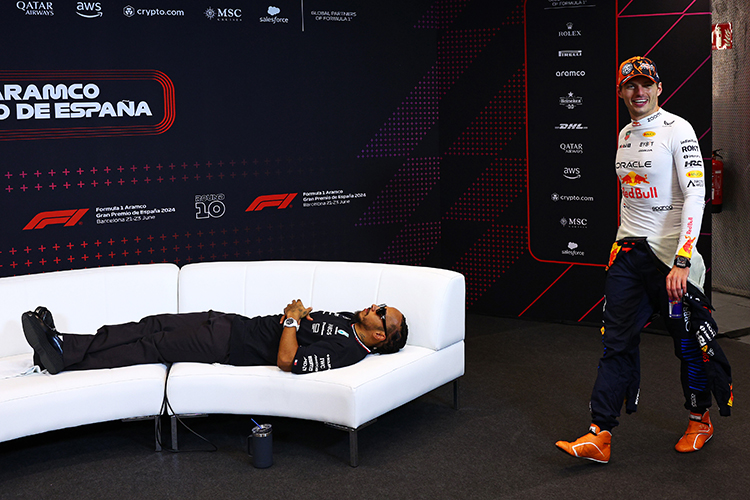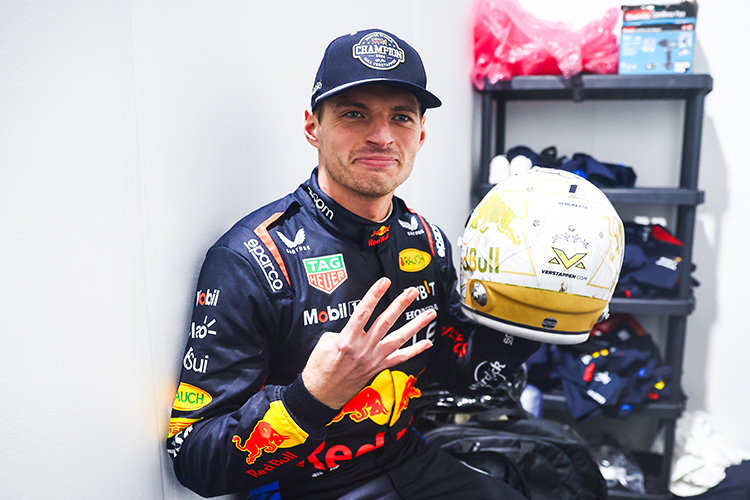How Do F1 Races Work? A Comprehensive Guide

Formula 1 World Champions: A legacy of racing legends
How do F1 races work?
Learn how F1 races work, from the weekend schedule to race strategies, pit stops, and the points system. Understand the key elements of a Formula 1 race.
How F1 Races Work: The Thrill of Formula 1 Racing
Formula 1 (F1) is widely regarded as the pinnacle of motorsport, showcasing cutting-edge technology, skillful drivers, and complex strategies. But how do F1 races work? This guide breaks down the essential components of an F1 race, from the weekend schedule to race strategies, pit stops, and the points system that determines the season's winners.
The F1 Race Weekend: Structure and Format
A typical Formula 1 race weekend spans three days: Friday, Saturday, and Sunday, each with a structured schedule that allows drivers and teams to prepare for the race.
Friday: Practice Sessions
The race weekend begins with two practice sessions on Friday, offering teams the chance to assess car performance, test new setups, and analyze track conditions.
- First Practice (FP1): Held in the morning, this session allows drivers to familiarize themselves with the track and evaluate their car's behavior in various conditions.
- Second Practice (FP2): Taking place in the afternoon, FP2 gives teams a chance to adjust based on FP1 data and make final preparations before qualifying.
Saturday: Final Practice and Qualifying
Saturday begins with the third practice session (FP3), allowing teams to make last-minute tweaks before qualifying. Qualifying then determines the starting grid for Sunday's race.
F1 qualifying is a knockout format, divided into three stages:
- Q1: All 20 drivers compete, and the 15 fastest advance. The five slowest drivers are eliminated, securing positions 16 to 20 on the grid.
- Q2: The remaining 15 drivers fight for a place in the top 10. The five slowest drivers are eliminated, placing them in positions 11 to 15.
- Q3: The final 10 drivers battle for pole position, with the fastest securing the coveted first spot on the starting grid.
Sunday: The F1 Race
Race day is the highlight of the weekend, typically lasting between 1.5 and 2 hours, with races consisting of 50-70 laps depending on the circuit length. The goal is to complete the laps in the shortest time possible.
Formation Lap
Before racing begins, drivers complete a formation lap to warm up their tires, ensure everything is in order with the cars, and line up in their starting positions. Afterward, the race commences.
The Race: Speed, Strategy, and Endurance
The race itself is a combination of speed, precision, and strategy. Key elements that affect the outcome of the race include:
- Pit Stops: Drivers must stop for tire changes and potential car adjustments. The timing of these stops is critical to gaining positions on the track.
- Tire Management: Tire choice (soft, medium, hard, and intermediate) plays a crucial role in race strategy. Managing tire wear and choosing the right tire compounds can make or break a race.
- Fuel Management: Drivers need to balance speed with fuel conservation, as running out of fuel can cost valuable positions.
- Safety Cars and Red Flags: Accidents or weather conditions may lead to a safety car being deployed, slowing the race and neutralizing the field. A red flag may halt the race in extreme conditions.
Race Strategy: The Key to Victory
Strategy is a vital component of Formula 1 racing. Teams use data analysis to determine the best time for pit stops, tire changes, and overtaking opportunities. It’s not just about speed—it’s about making strategic decisions that can help a driver win the race.
The Finish Line and F1 Points System
The race concludes when the leader crosses the finish line after completing the set number of laps. The first driver to finish is the winner, and the rest of the field is ranked according to their finishing order.
Formula 1 uses a points system to determine the championship standings. Points are awarded as follows:
- 1st place: 25 points
- 2nd place: 18 points
- 3rd place: 15 points
- 4th place: 12 points
- 5th place: 10 points
- 6th place: 8 points
- 7th place: 6 points
- 8th place: 4 points
- 9th place: 2 points
- 10th place: 1 point
The driver with the most points at the end of the season is crowned World Champion, while the team with the most points wins the Constructors' Championship.
Conclusion: The Excitement of F1 Racing
Formula 1 racing combines speed, strategy, precision, and teamwork. Every race is an intricate test of skill, with drivers making split-second decisions that could determine the outcome. From the excitement of qualifying to the high-stakes race day, F1 offers thrilling action for fans worldwide.
For motorsport enthusiasts, F1 races are the ultimate spectacle—where technology, innovation, and human skill collide at the highest level.
Up Next



